How Cardiotocography Ensures Fetal Health Monitoring: A Comprehensive Guide for Expecting Parents
Expecting parents naturally worry about the well-being of their baby during pregnancy, and understanding how modern technology helps monitor fetal health can be reassuring. One of the key tools that healthcare professionals use to monitor a baby’s well-being in the womb is cardiotocography (CTG). This article will guide you through what CTG is, how it works, and why it is essential for expecting parents.
What is Cardiotocography (CTG)?
Cardiotocography (CTG) is a non-invasive test that measures the fetal heart rate (cardio) and uterine contractions (toco) to assess fetal well-being. It is commonly used in the third trimester of pregnancy or during labor to ensure that the fetus is responding well to the stress of contractions and has adequate oxygen supply. The test provides two main readings:
- Fetal Heart Rate (FHR): This records the baby’s heartbeats, helping doctors assess whether the heart rate is within a normal range.
- Uterine Activity: This records any contractions or tightening of the uterus.
Together, these two readings give valuable insights into how the baby is coping inside the womb and help doctors make informed decisions during labor.
How is CTG Performed?
CTG is usually conducted in a hospital setting by placing two sensors on the pregnant woman’s abdomen:
- One sensor measures the baby’s heart rate.
- The other sensor measures the uterine contractions.
These sensors are connected to a monitor that displays the readings. The FHR is measured in beats per minute (bpm), and the pattern of heart rate responses to uterine contractions is closely monitored.
There are two main types of CTG:
- External CTG: This is the most common method, where sensors are strapped around the abdomen. It’s non-invasive and usually painless.
- Internal CTG: This is used during labor when external monitoring is not sufficient. A small electrode is attached to the baby’s scalp through the cervix to get more accurate readings of the fetal heart rate.
Why is CTG Important?
CTG plays a critical role in ensuring fetal health, particularly when there are concerns about the baby’s well-being. Key benefits of CTG include:
- Early Detection of Distress: One of the primary functions of CTG is to detect signs of fetal distress, such as deceleration of the heart rate. When a baby experiences distress, it could be due to reduced oxygen supply. Early detection allows doctors to take necessary steps, such as speeding up delivery through a cesarean section or using other interventions.
- Assessment of Uterine Contractions: CTG not only measures the baby’s heart rate but also tracks uterine contractions. This is vital during labor, as the frequency and strength of contractions can affect the baby’s oxygen supply.
- Monitoring High-Risk Pregnancies: For mothers with high-risk pregnancies due to conditions like gestational diabetes, hypertension, or preeclampsia, regular CTG monitoring becomes essential to ensure that the baby is not under stress.
- Guiding Labor Decisions: During labor, the CTG can show how the baby is responding to contractions and whether the delivery needs to be sped up. This ensures that the baby is not in distress, helping healthcare providers decide whether a vaginal delivery or cesarean section is safer.
When is CTG Used?
Although CTG can be performed during pregnancy, it is typically used in situations where there is a specific concern or during labor. Common reasons for CTG monitoring include:
- Reduced Fetal Movements: If the baby’s movements are less frequent or vigorous than expected, a CTG can help check if the baby is in distress.
- Post-Term Pregnancy: After 40 weeks, CTG may be used to check whether the baby is coping well inside the womb.
- Multiple Pregnancies: For mothers expecting twins or more, CTG ensures that all babies are being adequately monitored during labor.
- Preeclampsia or Hypertension: In cases where the mother has high blood pressure, the baby’s health can be affected, and regular CTG monitoring is recommended.
How Are CTG Results Interpreted?
Interpreting CTG results requires a trained healthcare professional. The key aspects they look for include:
- Baseline Fetal Heart Rate: This is the average heart rate of the baby. A normal baseline is between 110 and 160 beats per minute. A heart rate that is too high or too low could indicate a problem.
- Heart Rate Variability: Healthy babies have some variation in their heart rates. Lack of variability may suggest that the baby isn’t getting enough oxygen.
- Accelerations and Decelerations: An increase in heart rate, known as acceleration, is a good sign that the baby is reacting well to contractions. Decelerations, or a drop in heart rate, may be cause for concern.
If abnormalities are detected, doctors may recommend further tests, such as a biophysical profile or Doppler ultrasound, or may decide to deliver the baby sooner.
Are There Any Risks Associated with Cardiotocography ?
CTG is generally safe and non-invasive. However, false-positive results are a possibility, which means the CTG may indicate a problem when the baby is actually fine. This can sometimes lead to unnecessary interventions, such as a cesarean section. Nonetheless, the overall benefit of detecting serious issues outweighs this risk in most cases.
What Happens After Cardiotocography?
Once the CTG is completed, the healthcare provider will review the results and make recommendations based on the readings. If the results are normal, no immediate action is needed, but the baby will continue to be monitored throughout labor. If there are concerns, the doctor may discuss additional interventions or monitoring to ensure the safety of both the mother and baby.
Conclusion
Cardiotocography is a vital tool in modern obstetrics, providing essential insights into the well-being of a fetus, particularly during labor. For expecting parents, understanding how CTG works can help alleviate anxiety and provide reassurance that their baby’s health is being carefully monitored. While no test is perfect, CTG has proven invaluable in preventing complications and guiding healthcare providers to make timely and informed decisions, ensuring the best possible outcomes for both mother and baby.
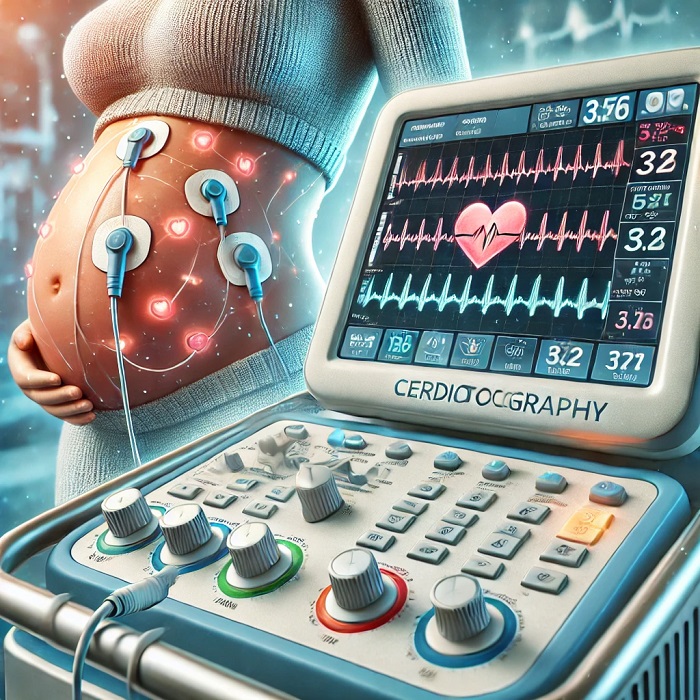
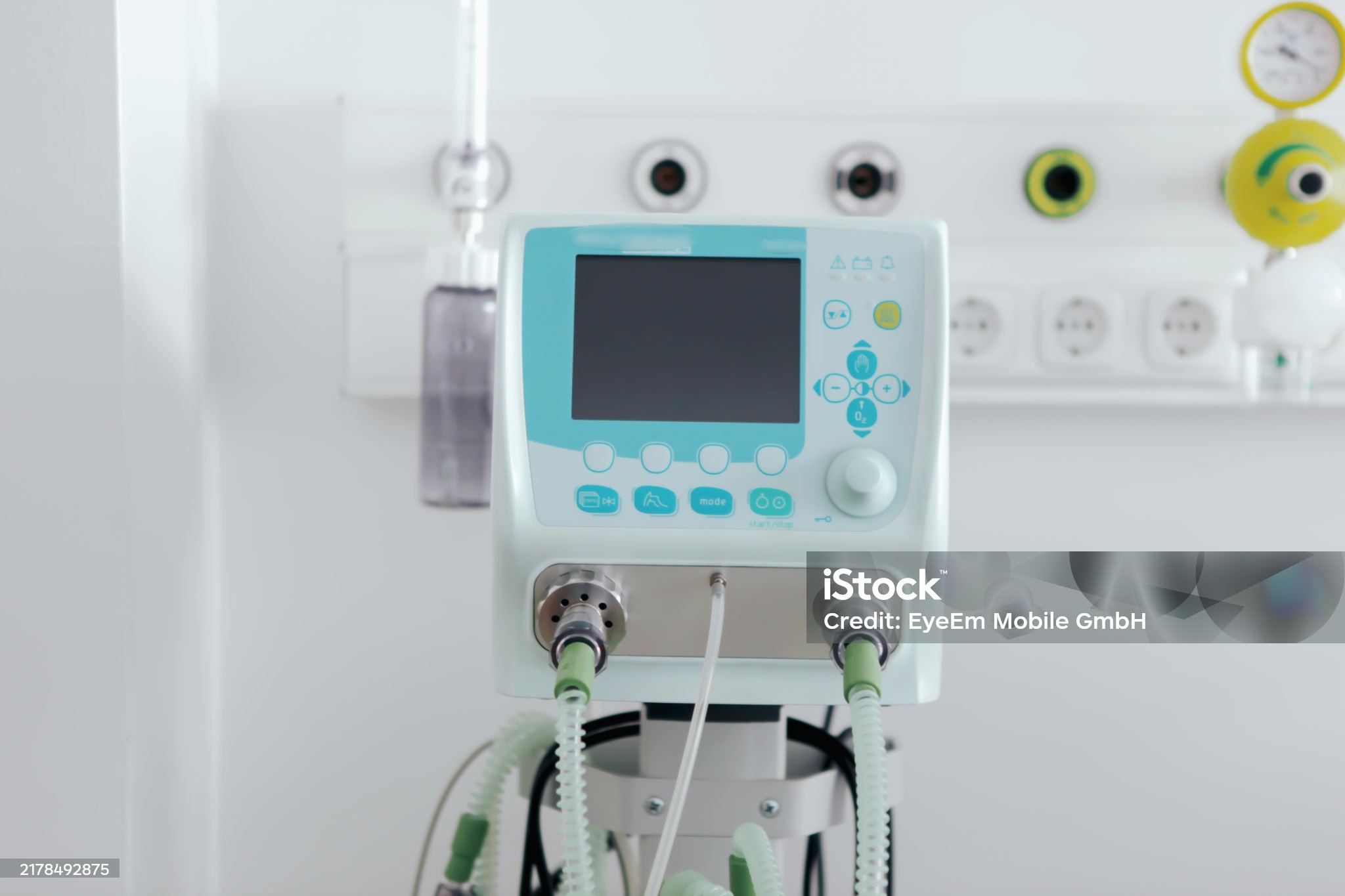
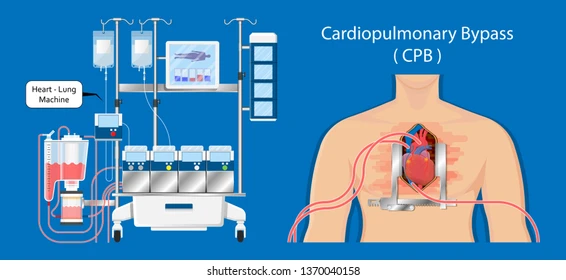


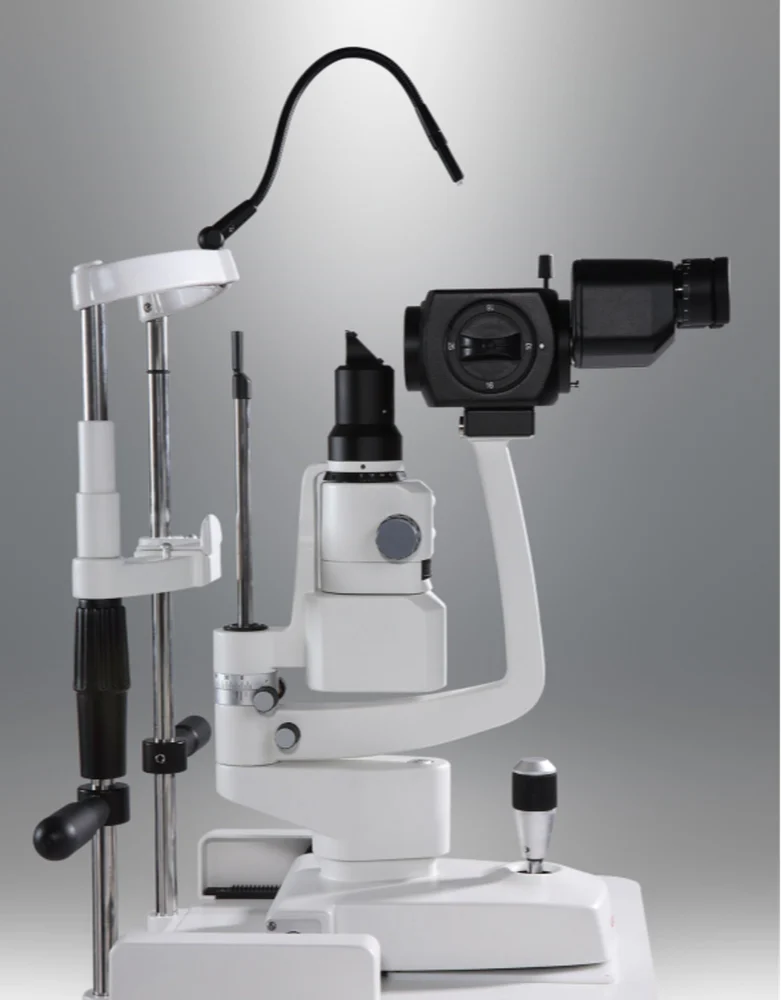

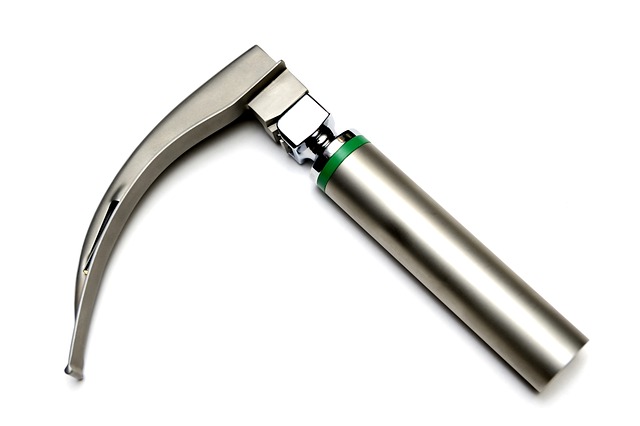
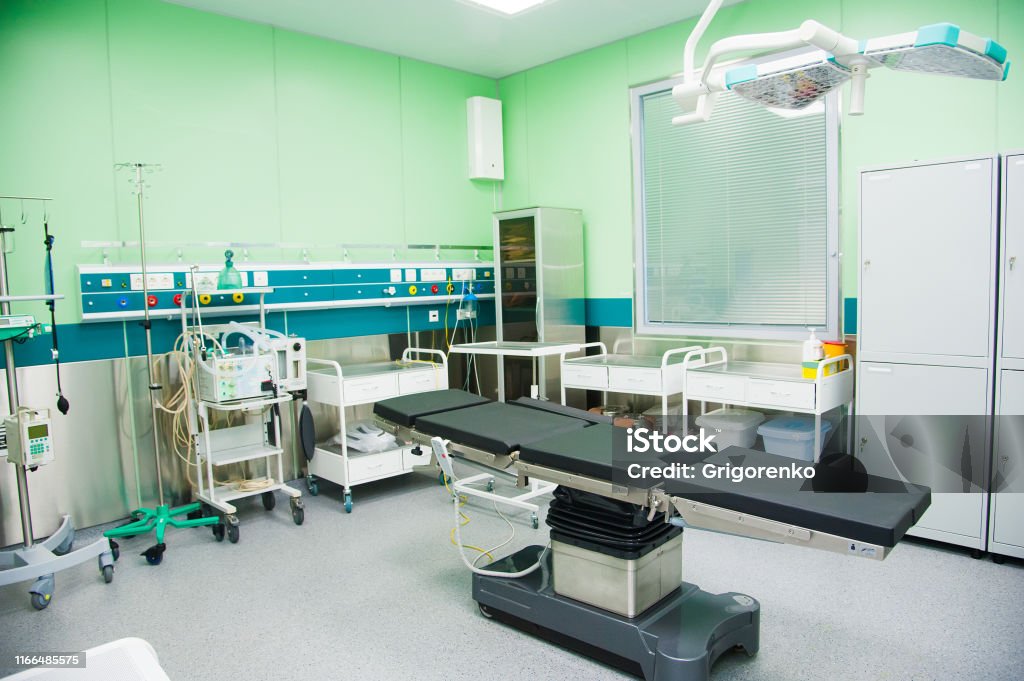
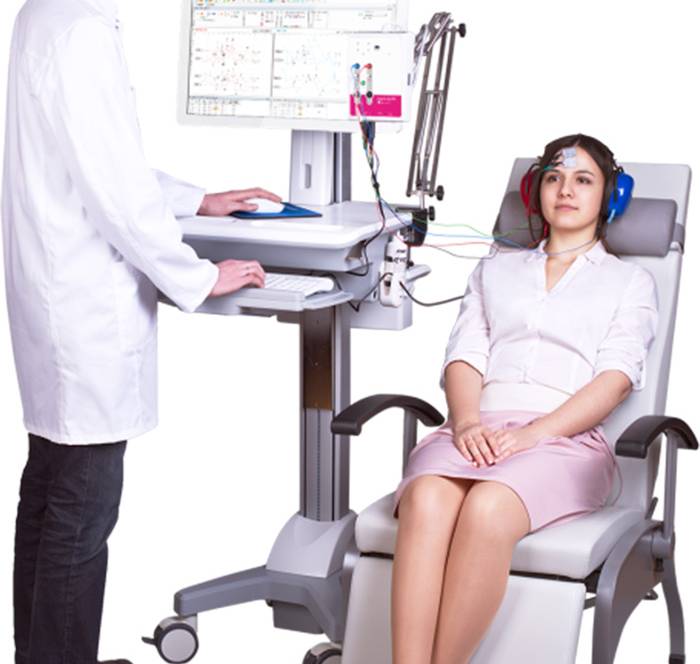
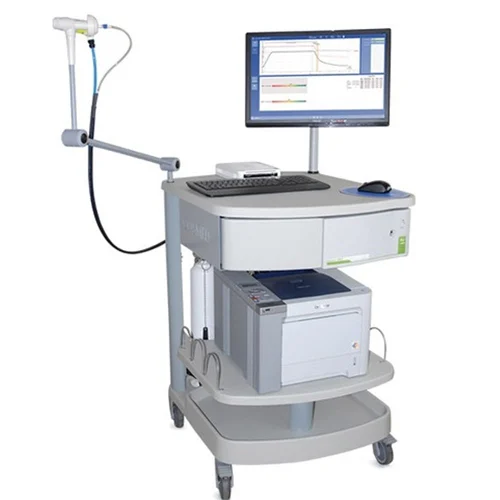
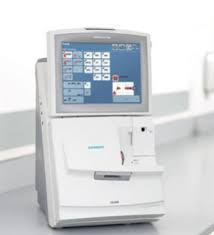

Leave a Reply